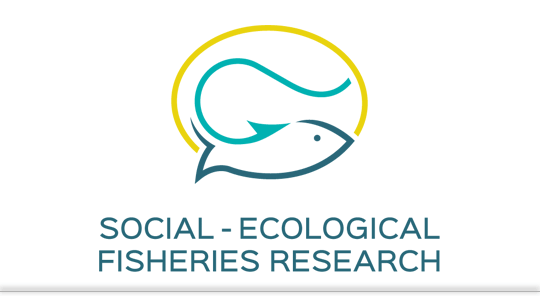This study examined the impact of fishing/protection on fish communities and populations of four species with varying mobility and commercial value in a Control-Impact study. Three 30-year-old partially protected marine areas (MPAs) with varying protection measures were compared to adjacent open fishing areas (OAs) in the southern Baltic Sea, Eastern Germany, across three seasons in 2022. Species richness, total fish abundance, and targeted vs. non-targeted species abundances within fish communities were assessed. Specific species populations were compared regarding numerical and biomass abundance and size, with a specific focus on the northern pike (Esox lucius, L. 1758), including age, somatic growth, physical condition, food composition and specialization. Differences were observed between OAs and MPAs in fish communities, with higher total fish abundances in two MPAs. Factors such as protection status, area, season, temperature, salinity, macrophyte coverage, and reed share significantly influenced fish community composition. Mobile species targeted only by commercial fisheries showed no consistent relationship between their abundance/size and protection status, varying only across areas and seasons. Less mobile species, popular among anglers, were more abundant in MPAs, with their size only influenced by area and season. Age was higher in one MPA compared to its OA for northern pike, and somatic growth was generally lower in MPAs. No clear connections were found between northern pike's physical condition, diet, and protection. Management differences between area-pairs did not account for the magnitude of the outcomes. The studied MPAs were effective in protecting fish communities in the research area, with higher targeted species abundances in MPAs. However, the MPAs offer limited protection for species mainly targeted by commercial fishing, primarily benefiting stationary species with additional angling pressure, while the absence of common indicators of reduced fishing pressure in the MPAs points towards existing fishing pressure hindering full population recovery by preventing natural sizes, ages, and high-density dependence for targeted fish species within these protected areas.
Fish community composition, size structure and interspecific competition in areas open to exploitation and partially protected from recreational fishing: case studies from brackish lagoons of the southern Baltic Sea, with a focus on northern pike
MSc thesis

Braun, M. 2023. Fish community composition, size structure and interspecific competition in areas open to exploitation and partially protected from recreational fishing: case studies from brackish lagoons of the southern Baltic Sea, with a focus on northern pike (Esox lucius). Master-Thesis, Humboldt-Universität zu Berlin, Leibniz-Institut für Gewässerökologie und Binnenfischerei (IGB) Berlin.
Published
: 2024
Appeared in
: Master-Thesis, Humboldt-Universität zu Berlin, Leibniz-Institut für Gewässerökologie und Binnenfischerei (IGB) Berlin
